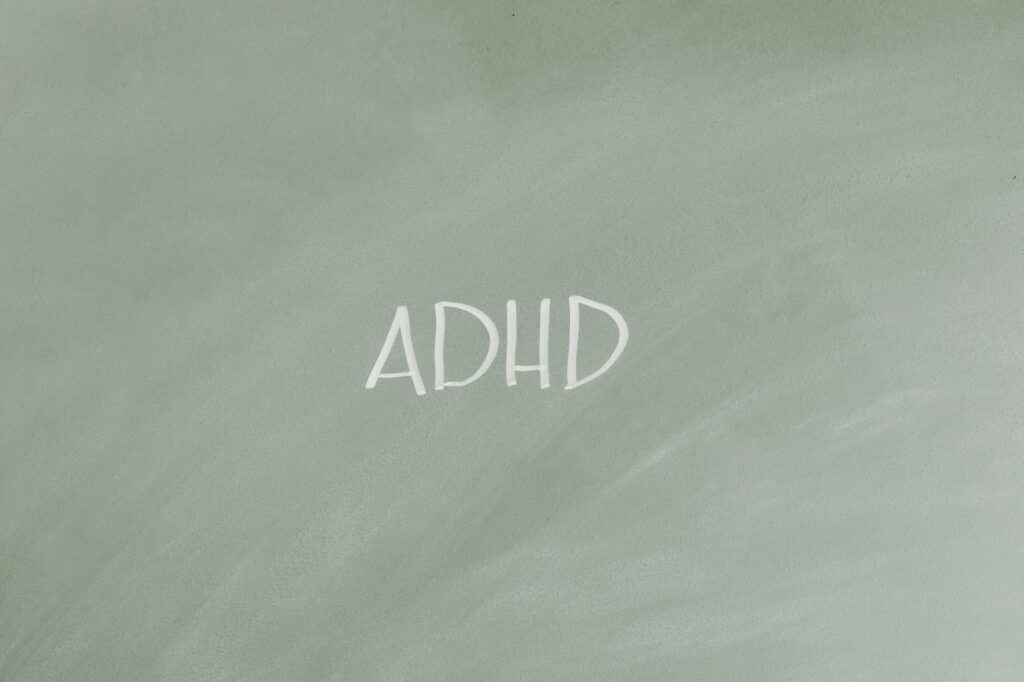What is children adhd?

What is children adhd?
Attention-Deficit/Hyperactivity Disorder (ADHD) is a condition that affects many children worldwide. It is essential to recognize ADHD early as it can significantly impact a child’s daily life. Understanding ADHD helps parents and educators provide better support and interventions that lead to improved outcomes for affected children.
Understanding ADHD in Children
ADHD is classified as a neurodevelopmental disorder. This means that it affects brain development and functioning. Children with ADHD may appear restless, have difficulty concentrating, and struggle to control their impulses. These behaviors can lead to challenges in school, at home, and in social situations.

Photo by Tara Winstead
Symptoms of Children ADHD
Common symptoms of children ADHD include:
- Inattention: Children may struggle to focus on tasks, make careless mistakes, or frequently lose items necessary for activities.
- Hyperactivity: They often seem restless, fidgety, or unable to sit still, even in situations that require quiet.
- Impulsivity: Children may act without thinking, interrupt others, or have difficulty waiting their turn.
For a detailed overview of ADHD symptoms, you can refer to CDC’s resource on ADHD.
Types of ADHD in Children
ADHD manifests in a few distinct types, primarily categorized based on the predominant symptoms:
-
Predominantly Inattentive Presentation: This type is characterized mainly by inattention. Children may struggle to stay focused on tasks or follow instructions.
-
Predominantly Hyperactive-Impulsive Presentation: Here, hyperactivity and impulsivity are the main issues. Children may be overly active and find it hard to control their actions or reactions.
-
Combined Presentation: This is the most common type, where children exhibit symptoms of both inattention and hyperactivity-impulsivity.
Understanding these types is vital for tailoring effective interventions.
Causes and Risk Factors
The exact causes of ADHD are still not entirely understood. However, research indicates several contributing factors:
Genetic Influences
ADHD tends to run in families, suggesting a genetic component. Children with a family history of ADHD are significantly more likely to develop the disorder. Various studies have found that certain genes may influence the likelihood of ADHD, though the precise mechanisms require further investigation. You can explore more about genetic factors on Healthy Children.
Environmental Factors
Several environmental influences can also increase the risk of developing ADHD. For instance, children exposed to tobacco, alcohol, or drugs during pregnancy may be at a higher risk. Additionally, exposure to environmental toxins like lead can contribute to the development of ADHD.
Diagnosis and Assessment
Identifying ADHD involves a comprehensive assessment process, which includes gathering information from various sources.
Diagnostic Criteria
According to the DSM-5, a diagnosis of ADHD in children requires evidence of symptoms being present in multiple settings (e.g., home and school) for at least six months. Symptoms must also be inappropriate for the child’s developmental level. More details on diagnostic criteria can be found through NIMH.
Assessment Tools and Techniques
Assessment typically involves:
- Behavioral Checklists: Parents and teachers may complete standardized forms that detail the child’s behavior.
- Clinical Interviews: Direct discussions with parents and observations of the child help professionals gather pertinent information.
- Standardized Testing: In some cases, cognitive and psychological tests are utilized to rule out other conditions.
Treatment and Management of Children ADHD
Managing ADHD usually involves a combination of therapies and interventions tailored to the child’s needs.
Behavioral Therapy
Behavioral therapy can be very effective in helping children manage their symptoms. This approach teaches children strategies to improve their behavior, organization, and social skills. Techniques may include setting clear expectations, providing consistent feedback, and encouraging positive behaviors.
Medication Options
In some cases, medications may be prescribed to help manage ADHD symptoms. Stimulants, such as methylphenidate and amphetamines, are commonly used. They work by increasing levels of certain neurotransmitters in the brain, which helps improve focus and self-control. However, medication isn’t a one-size-fits-all solution, and ongoing monitoring is essential.
Living with Children ADHD
Supporting a child with ADHD requires practical strategies from parents and caregivers.
Creating a Structured Environment
Children with ADHD often thrive in structured environments. Here are a few tips:
- Establish Routines: Consistent daily routines can provide the predictability that children with ADHD often need.
- Reduce Distractions: Creating a dedicated and quiet space for homework or activities can help minimize distractions.
Effective Communication Strategies
Clear communication can make a significant difference in interactions with children who have ADHD. Some strategies include:
- Be Direct and Specific: Use clear language and concrete instructions, which can help children understand expectations better.
- Use Positive Reinforcement: Recognize and reward positive behaviors to encourage repetition of those behaviors.
Conclusion
Understanding children ADHD is crucial for parents, educators, and caregivers. Recognizing symptoms, knowing the types, being aware of potential causes, and seeking appropriate diagnosis and treatment can significantly improve a child’s quality of life. By fostering a supportive environment and implementing effective strategies, we can help children with ADHD thrive both academically and socially.